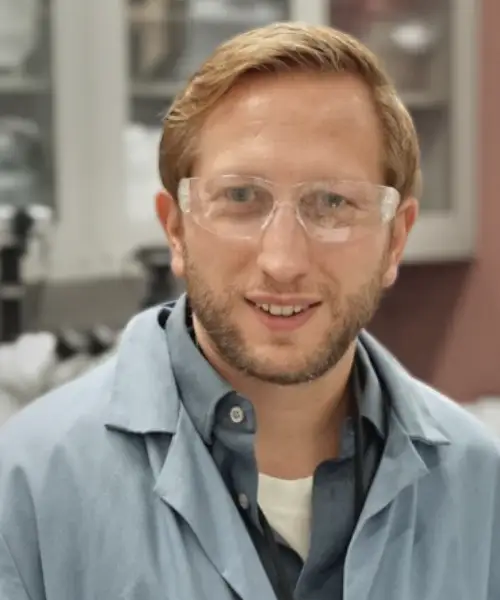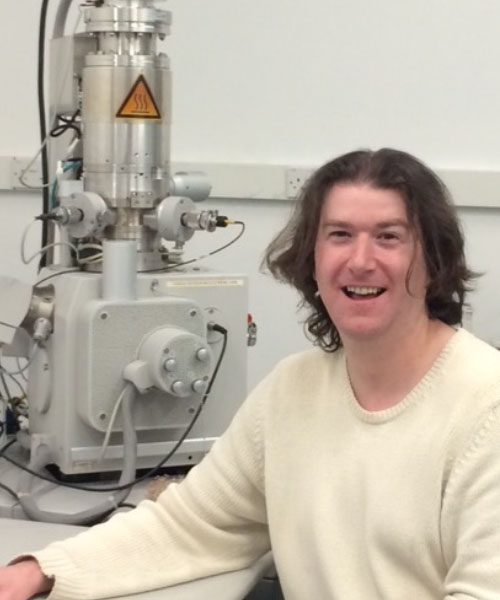Marco Notarianni
Oxford Instruments Plasma Technology
Atomic Layer Etch (ALE) for Manufacturing of Advanced Devices
With the continued downscaling of semiconductor devices, the need for atomic scale processing is becoming apparent. Atomic layer deposition has been utilised for many years to enable wafer-scale deposition of uniform and conformal films for HVM. In contrast, integration of an etching technique with similar properties into HVM has lagged. In recent years atomic layer etching (ALE) has emerged as a promising technique to fill this role, providing nm-scale depth control with low-damage, and uniform etching.
In this talk, the basic components of an ALE processes will be outlined, highlighting how the separation of the etching process into two self-limiting half-cycles facilitates the nm-scale control while etching. Due to its low damage nature there are typically a few benefits manifest from utilising ALE, such as lower surface roughness and removal of contaminants. Finally, while ALE is typically considered for cutting edge logic and memory applications, we will highlight areas where control surface properties are equally important, such as in LEDs, power semiconductors and quantum applications. ALE can emerge not only as a nm-scale etching process, but also as a powerful surface cleaning tool to improve device performance, even when the feature scale far exceeds the typical nm-scales considered for ALE.
About Marco Notarianni
Marco Notarianni is currently the Key Account Manager (East Coast US/Canada) at Oxford Instruments Plasma Technology. He leads all the commercial activities in the region including collaborations and partnerships with industrial and academic customers. Marco has over 15 years of experience in the semiconductor industry, previously working for a different plasma etch and deposition equipment manufacturer as process engineering manager and product manager. He holds a PhD in Nanotechnology and Molecular Science, working on development and characterization of carbon nanomaterial for energy generation and storage. He has authored or co-authored more than 20 peer reviewed publications and holds 2 US patents. Marco Notarianni – Google Scholar

Atomic Layer Etch (ALE) for Manufacturing of Advanced Devices
Date: Tuesday, May 27
Time: 1:30 - 2:25 pm
Location: Scarbrough 1, 2




